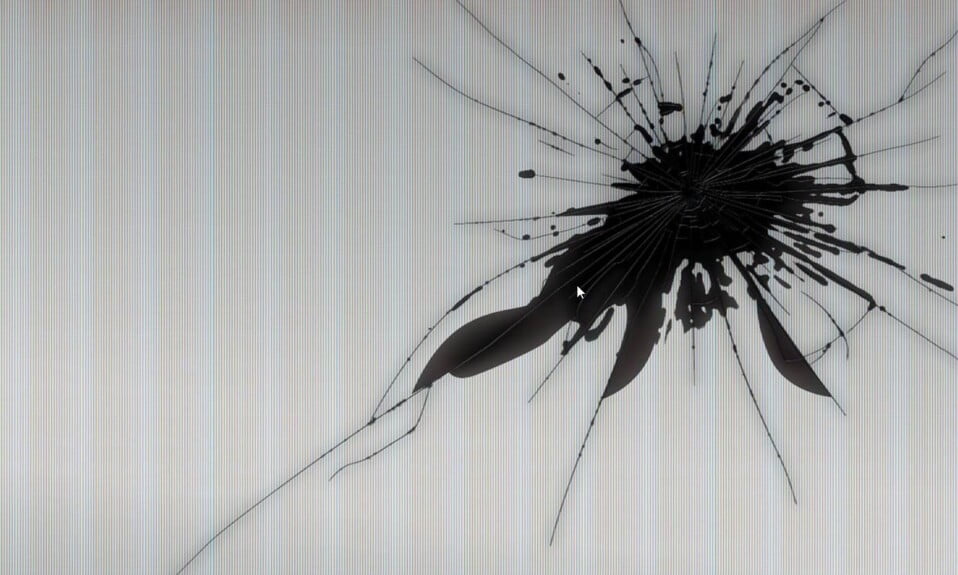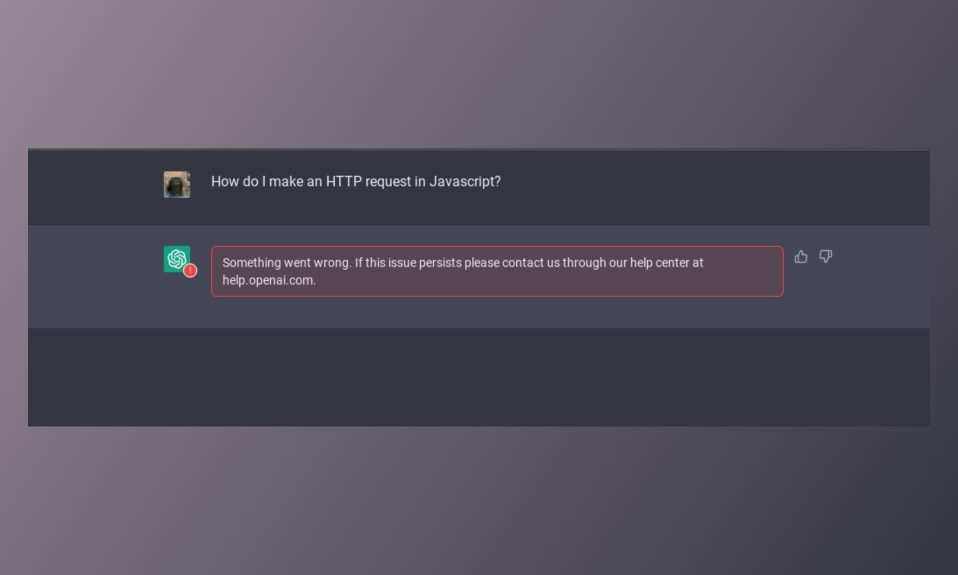It’s not uncommon to see black or purplish blobs on your broken device’s screen that look like ink (phone, tablet, or laptop). Is there, however, ink on your screen?
Because your screen’s pixels are dead or damaged, you see an ink stain or blob. More pixels are affected when pressure is applied to the damaged screen, spreading the “ink” across the screen.
Is There Ink in Your Screen?
No. This is how it goes. A screen lies beneath the glass of your broken device. Many different types of screens are used in devices, but LCD and OLED are the most common.
LCD Screens
LCD is the abbreviation for liquid crystal display. A liquid crystal is a state of matter that exists somewhere between solid and liquid. This means it has properties that are similar to both liquids and solids.
Liquid crystal displays are made up of two glass or plastic panels with liquid crystals embedded in them. Because the liquid crystals do not produce the images you see on the screen, the LCD is referred to as a passive device.
The liquid crystals are illuminated by a backlight rather than emitting light themselves. Liquid crystals change the way light rays pass through them, resulting in different images and colors on the screen.
OLED Screens
Organic Light-Emitting Diodes, or OLEDs, are a type of light-emitting diode. A light-emitting diode (LED) is a semiconductor device that serves as a light source and emits light when an electric current is passed through it.
When a current passes through the diode in an OLED, a thin film of an organic compound produces light. The OLED display consists of a flat glass or plastic panel with thin organic material films sandwiched between two conductors.
The OLED display, unlike LCDs, is referred to as an emissive display. This is due to the fact that it does not require a backlight and generates its own light.
Pixels
The formation of pixels is something that all of these displays have in common.
A pixel is the tiniest square unit that makes up a display or screen’s image. The higher the resolution of a screen, the more pixels it contains.
A phone with a resolution of 1920×1080 pixels has a total of 2073600 pixels on the screen. When a pixel is damaged, it loses its ability to emit or alter light, and it becomes black or dark.
So, what’s the story behind the ink effect?
The ink-spreading phenomenon only occurs in LCD screens because the tubes that hold the liquid crystals break when the screen is damaged, allowing the liquid crystals to seep into the screen.
Each pixel in an OLED screen produces its own light and is unaffected by the actions of other pixels. As a result, if your screen is damaged, the pixels will die but will not spread like an ink stain.
How to Fix Ink on Broken Phone Screen?
Technically, only a mobile repair specialist or screen repair specialist is qualified enough to fix ink on your broken phone screen. Even if you are capable or a professional in this regard, you need to buy the screen for your phone. Because you are able to see an ink like structure on your screen, your complete Touch Folder is damaged, which means you have to change the entire screen kit. So, search for that online and then open the phone to fit it. If that seems to be a long process, contact a local service center and get your device fixed.
However, before you do so, always keep in mind that the repaired touch screen will never work like your new phone and there will always be visible touch response delays and inaccurate colors throughout. If that’s alright for you, go ahead.
The Bottom Line
While a phone with black spots or ‘ink’ can be managed for a while, it will eventually spread and damage more pixels. When you notice this type of damage, the best thing to do is replace the LCD screen. This is something you can do in the comfort of your own home. We hope this guide helped you understand everything you need. If you liked this, don’t forget to check out our explainers, best lists, and how-to guides. Furthermore, if you have any questions or suggestions, please use the comment below to contact us.






